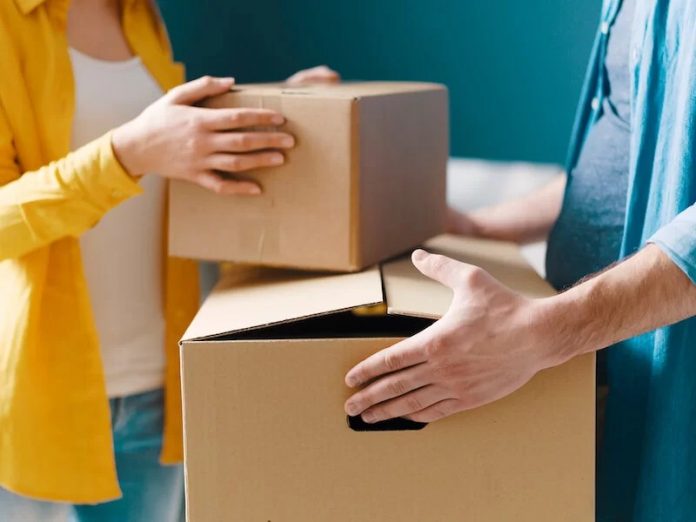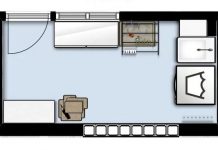
Are you going to move soon, but don’t know where to start? Then you have come to the right place, because in this guide on how to plan a move Do It Yourself You will find the keys and tips so that it does not become a nightmare.
A move is not an easy task and it is usually quite stressful. You can choose to hire a professional mover or do your own Do It Yourself move to save money. In any case, it is essential to have good planning so that our objects and belongings arrive in perfect condition at their new destination.
For this reason, to ensure that your move is a success, there are a series of tips and advice that you should know.

Special boxes for moving
One of the key factors when making a move is to use special moving boxes. There is a wide variety of models that will adjust to the dimensions, weight and fragility of the objects that we are going to place inside.
When purchasing cardboard boxes for moving, the following factors must be taken into account:
- Choose different sizes, weight and qualities
- They must be resistant to be able to carry weight and stack them on top of each other
- Easy to assemble to avoid wasting time packing
- Specifically used to transport clothing, fragile objects, food, etc.
There is no exact formula for how many moving boxes you will need. Generally, 80% will be the standard size (small, medium and large). The most common is that a larger number of small boxes is needed, followed by a lower number of medium boxes and only a few large ones.

How to pack our belongings
First of all, it is recommended store objects by room to be able to distribute them more easily in your new home. To do this, the following must be taken into account:
- Living room: try to store televisions and electronic equipment in their original packaging and remove the legs of tables and chairs, whenever possible.
- Bedroom: a trick for bedding to take up less space is to vacuum pack it.
- Kitchen: empty the pantry the days before the move and defrost the refrigerator 48 hours before.
- Bathroom and laundry: do not transport detergents, cleaning products and personal hygiene, as they can open during transport and spill their contents.
On the other hand, when pack our belongings the following is advised:
- Store heavier items in small boxes.
- Accumulate the lighter ones in large boxes, but distribute them so that the heavier ones are at the bottom. In any case, it is not recommended that they exceed 20 kg in weight.
- Use blankets to wrap furniture and appliances.
- Fragile items should be individually wrapped using dividers and wrapped in bubble wrap. It is also advisable to introduce filler material in the interior holes to prevent them from colliding with each other.
- Jewelry and valuables should be kept in locked boxes and carried with us.

7 mistakes to avoid when planning a move
In addition to following the tips above to plan a move, there are a number of common mistakes to avoid:
- Leave it all for the end. The ideal is to start a week before taking an inventory of what you are going to take. You can also save what you don’t need at that time and leave the essentials for the day before.
- Carry more than necessary. The fewer items you bring, the lighter and easier the move will be. Take the opportunity to clean everything you don’t need. When in doubt, you just have to ask yourself how many times you have used that object in the last two years.
- Not taking measurements of furniture and boxes to make sure it fits in the vehicle in which you are going to transport it and in your new residence. Sometimes the problem may be that the sofa won’t turn down the stairs or fit in the elevator.
- Not keeping track of associated costs It can make you get an unpleasant surprise. Include in your budget the rental of a moving van or truck, fuel, purchase of material (moving boxes, bubble wrap, packing tape, box labels, etc.), as well as food and drink for you and those who help, be it family or friends.
- Neglect your safety. It is essential to know how to move bulky or heavy objects properly to avoid injuries or accidents. It is recommended to stretch and warm up a bit before doing it.
- Use boxes that are not specific for moving. Even if you think you are going to save money by using used boxes from grocery stores, the most likely thing is that the only thing you will achieve is damaging your belongings since they are not the most suitable, either because they are dirty or because they are not resistant enough.
- Do not label the boxes. Listing and photographing everything that is kept inside each box will help you find it more easily, as well as decide the opening priority.

In short, although unforeseen events can always arise, following all these tips and advice for planning a move you will ensure a saving of time, money and headaches.
Do not forget that you will find many more guides and projects on DIY and decoration at



